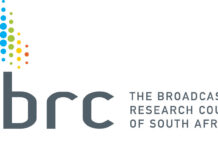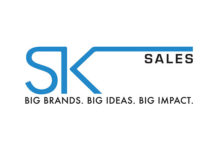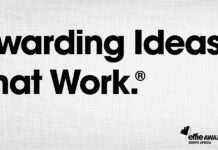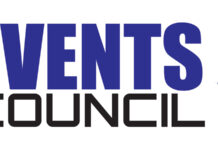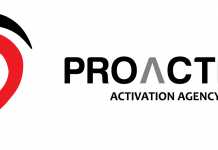Staying afloat when cash is tight in your business
The bad news in the SME market in 2016 was that 67% of small businesses that closed in South Africa did so for financial reasons. This is a far more pressing problem for local entrepreneurs compared to their regional counterparts, with 50% more South African entrepreneurs discontinuing their businesses due to a lack of access to finance compared to the average for Africa. [1] With this and the reality of SA having entered an economic downturn in June, it’s not hard to feel a bit bleak.
Darlene Menzies, CEO of Finfind, South Africa’s leading online access to finance solution, shares a few finance tips on optimizing your cash flow management to help ensure that your business survives and thrives during rocky times.
Ask for a deposit from your customers
One of the easiest ways of ensuring that you can cover the cost of doing the work for a customer is to ask them for a deposit before you start the work. This is common business practice so don’t be afraid to try it. It’s acceptable to ask for up to 50% of the total cost as a deposit with the balance being paid at agreed delivered milestones or on final completion of the work.
Offer discounts for early payments by customers
Offering your customers a discount for paying earlier than the standard 30 day terms can help bridge your cash flow gaps as well as reduce the risk of late payments. When cash is tight it makes sense to get slightly less money in immediately than to wait to get the full amount later. As a gauge, you can offer between 2.5% to 5% discount on payments received within 7 days from date of invoice.
Ask suppliers for better payment terms
Having extra time to pay suppliers can make a big difference to your cash flow – imagine paying 45, 60 or even 90 days from date of invoice instead of 30 days. If you have established a good payment history with your suppliers in months past and they see you as a valued customer then you should be able to negotiate better terms. It never hurts to ask!
Apply for accounts instead of paying cash
Many entrepreneurs pay cash for services they may be able to get on account – for example stationery, courier services, IT services or maybe car rental costs, if you do business travel. Paying for things monthly instead of using immediate cash helps with your liquidity and with cash flow planning. Some entrepreneurs use pay-as-you go for their airtime and data purchases for their business – it’s worth investigating whether paying monthly for a contract works out cheaper. If you’re a new business or don’t have a good trading history it may be better to apply for your contract in your personal capacity.
Barter services
One way to get the services you need in your business without having to outlay hard cash is to swap services with other businesses. For example, if you provide accounting services you could offer to do the books for a small IT business in exchange for them helping you with your IT needs. This kind of arrangement not only helps with cash flow but can also be a mutually beneficial way of gaining new customers if you both agree to refer each other’s services.
Credit cards
When you’re in a cash jam an easy way to fund urgent business purchases is using a credit card, either your personal or business card. The upside of using a credit card is that you only have to make small monthly repayments but the downside is the additional interest rates charged if you don’t pay it off quickly.
Apply for an overdraft facility
Banks offer overdraft facilities on your personal and business accounts. Getting an overdraft approved means that the bank allows you to continue withdrawing money from your account when you balance is zero. Apply for an overdraft even if you don’t currently need it as it could be a lifeline if you suddenly find yourself in a tight position cash flow wise. Some banks now charge a small monthly fee for these facilities even if you don’t use them, but this is a small price to pay for the convenience of being able to meet unexpected financial challenges.
Get a loan for outstanding invoices
There are lenders who will give you money while waiting for customers to pay your invoices. This is a good option if your cash crunch is caused by customers who take a long time to pay. These lenders typically only consider lending if your customer is a corporate or Blue Chip company and of course the work has to be completed and invoiced. In this type of finance the lender looks at your customer’s credit history and ability to pay in deciding whether to approve the finance. On average you can raise between 75% and 80% of the value of the invoice within a day or two of sending the invoice to your customer. There is usually an administrative fee to be paid plus interest on the loan – it can be an expensive way of getting finance but it is better than waiting 90 or 120 days for your customer to pay you if you have cash flow constraints.
As a small business owner you will know how true the old adage is that says ‘revenue is vanity, profit is sanity but cash flow is reality’. Month end comes around fast and they can be scary times – managing your cash flow well is not only critical to your business’s survival and growth but can also help to give you better peace of mind.
[1] Global Entrepreneurship Monitor 2016/2017
































